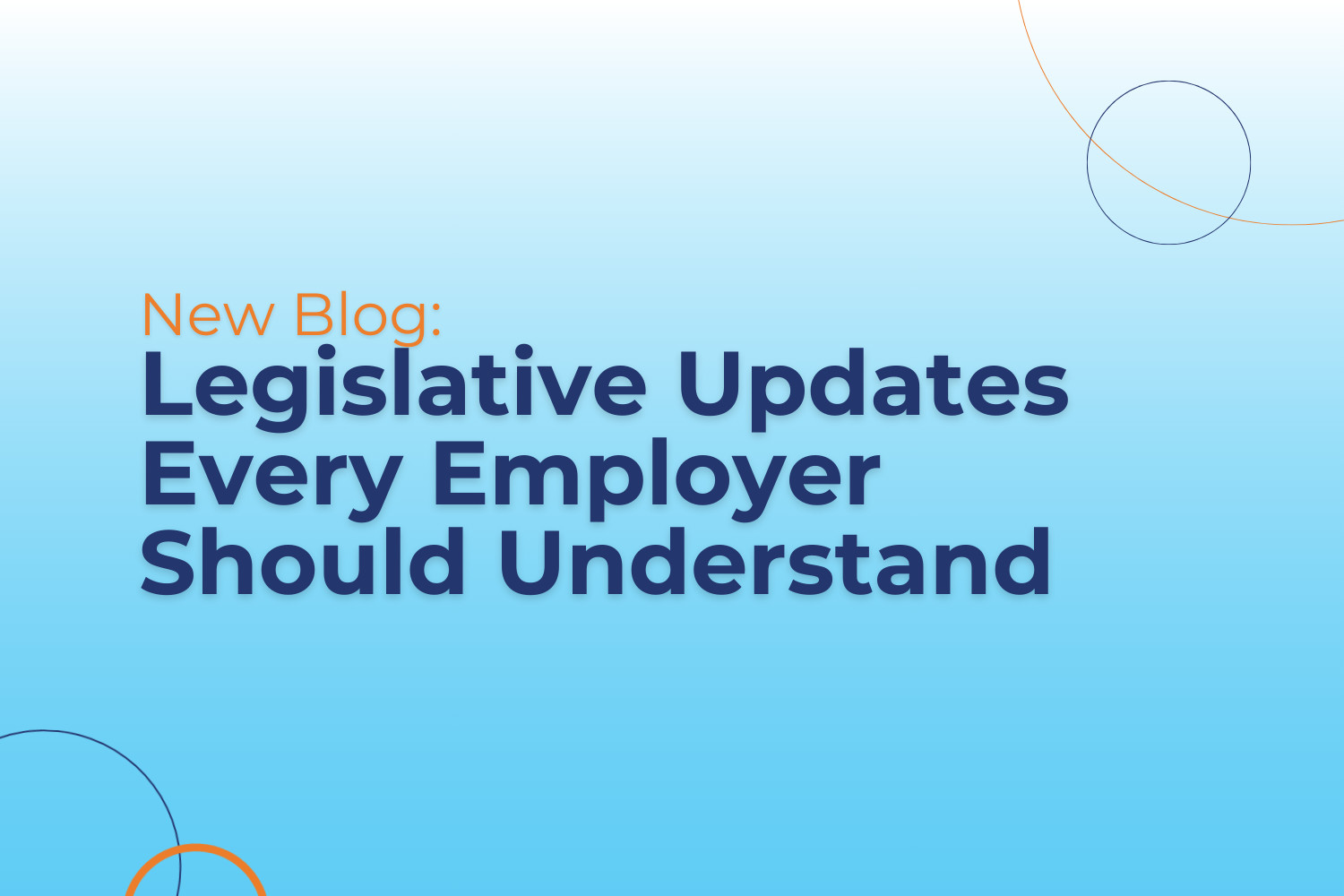Many had feared that the workers’ port strike in the U.S. would take many harrowing weeks to reach a settlement, but workers have now negotiated a deal. The dockworkers’ strike has been suspended after the union agreed to put an end to the three-day stoppage and go back to work for now.
The International Longshoremen’s Association, the union that has negotiated a tentative deal for its members, was able to secure an immediate wage raise for the workers, and the dockworkers also agreed to a contract extension to allow for more time to negotiate the finer details of their agreement.

Image: Pexels
The U.S. Port Strike Ends in a Settlement—Further Negotiations Imminent
The dockworkers agreed to a tentative deal that raised their wages by $4 USD an hour, effective immediately. This will add to the current pay of $39 USD an hour as workers return to their posts, but that’s not all. The port strike ended with a settlement agreement of a $4 per hour raise every year over the next six years, so workers will make significant gains over the duration of the contract. The $24 in cumulative raises will add up to a 62% pay hike over the next six years, bringing their wages up to $63 USD per hour by the end of the contract.
This number still falls short of the 77% pay hike that workers had demanded at the beginning of the strike, but it is significantly better than the 22% that the United States Maritime Alliance (USMX) had initially offered to the port workers. The USMX eventually raised their offer to a cumulative 50% hike but the union was certain it could get a better bargain, which it did.
Now That the Dockworkers’ Strike Has Been Suspended, What’s Next?
Apart from the wage negotiations, the dockworkers agreed to a contract extension until January 15 to give the union and the shipping company reps a chance to discuss other aspects of the contract while they returned to work. Instead of prolonging the strike and causing further strain on the ports, the workers have now returned to their posts as further details of the contract are ironed out.
The use of automated machinery is a key point of contention and the dockworkers are fighting hard to guarantee that they will not be replaced by machinery in the next few years. The fear of AI and automation has gripped workers globally and while we haven’t seen the shift towards automation greatly cut down on the number of jobs available to the human forces, the threat of it still looms over workers.
Now that the concerns over wages have been put to rest and the dockworkers’ strike suspended, in the upcoming months, discussions between the opposing parties will center around automation and the guarantees that the businesses are willing to provide in regard to it.
The Strike Has Ended Sooner than Expected but It Could Still Have a Considerable Impact
ILA President Harold Daggett had held the U.S. economy hostage, with threats of a prolonged strike that would put the country’s import and export into jeopardy. An extended port strike had both businesses and consumers worried about the potential consequences, but the ILA refused to take the blame for the impact, directing attention to the vast profits the shipping firms were making while refusing to share the profits with the workers for their labor.
For a while, it had seemed unlikely that the port strikers would arrive at a settlement as the offers being made by the USMX were far from the expectations of the union. The president faced pressures to call off the strike but the demands were firmly turned down with the pressure being redirected to the port authorities to reach a deal.
“I want to thank the union workers, the carriers, and the port operators for acting patriotically to reopen our ports and ensure the availability of critical supplies for Hurricane Helene recovery and rebuilding. Collective bargaining works and it is critical to building a stronger economy from the middle out and the bottom up,” the U.S. President said in a statement.
As contract negotiations proceed, estimates suggest it will take weeks to unravel the effects of the brief strike and set things back in motion. Containers have been redirected to the wrong ports and ships have been anchored offshore, waiting for their path to the ports to clear up. Goods have been held up in large numbers and shipping costs have begun rising already. According to Everstream Analytics, as a result of the three-day strike, we can expect a three-week delay in all work returning to their baselines.
The port strike settlement has shown workers across the country the power of collective action and it’s likely that we will see more cases of workers standing up in protest of their rights, demanding wages that match up to their expectations from the role.



